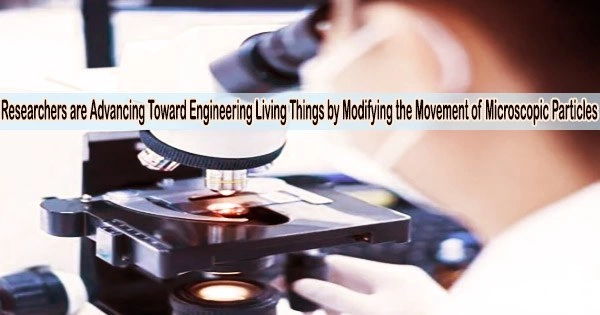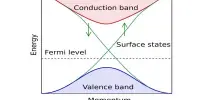Scientists have developed a device that uses laser beams and the rotation of minuscule rotors to mimic the motion of naturally occurring phenomena, such as hurricanes and algae.
The discovery, which was published in the journal Nature Communications, shows brand-new strategies for cellular reproduction of living stuff.
“Living organisms are made of materials that actively pump energy through their molecules, which produce a range of movements on a larger cellular scale,” explains Matan Yah Ben Zion, a doctoral student in New York University’s Department of Physics at the time of the work and one of the paper’s authors. “By engineering cellular-scale machines from the ground up, our work can offer new insights into the complexity of the natural world.”
The focus of the study is on vortical flows, which can be seen in both biological and meteorological systems like storms and algae. Particularly, in the flow produced by their own rotation, particles migrate into orbital motion, resulting in a variety of complicated interactions.
To better understand these dynamics, the paper’s authors, who also included Alvin Modin, an NYU undergraduate at the time of the study and now a doctoral student at Johns Hopkins University, and Paul Chaikin, an NYU physics professor, sought to replicate them at their most basic level.
The spins of the synthetic particles reciprocate in the same fashion as that observed in algae in contrast to previous work with artificial micro-rotors. So we were able to reproduce synthetically and on the micron scale an effect that is seen in living systems.
Ben Zion
To do this, they developed small micro-rotors that were about 1/10th the width of a human hair strand and used a laser beam to move the micro-particles (Chaikin and his colleagues devised this process in a previous work).
The researchers discovered that the revolving particles interacted with one another to propel themselves into orbits. This behavior is very similar to dynamics seen in ‘dancing’ algae algae clusters that move in unison.
The NYU researchers also discovered that when the particles orbit, their spins reciprocate.
“The spins of the synthetic particles reciprocate in the same fashion as that observed in algae in contrast to previous work with artificial micro-rotors,” explains Ben Zion, now a researcher at Tel Aviv University. “So we were able to reproduce synthetically and on the micron scale an effect that is seen in living systems.”
“Collectively, these findings suggest that the dance of algae can be reproduced in a synthetic system, better establishing our understanding of living matter,” he adds.
















